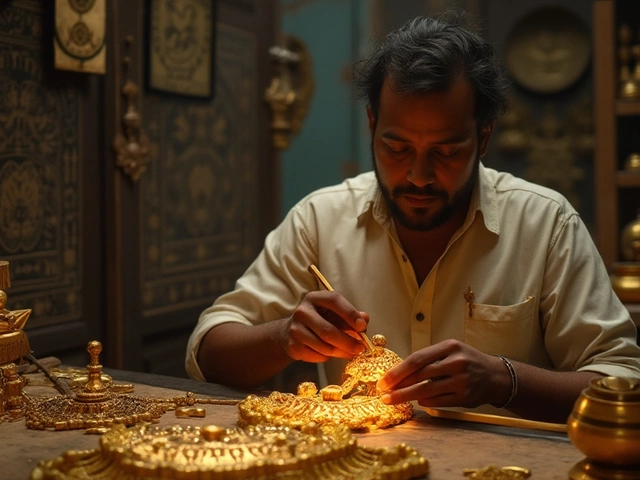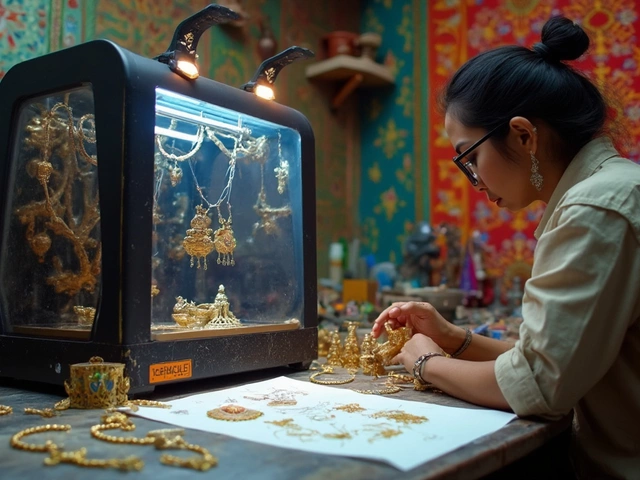Estate Jewelry: Your Guide to Timeless Treasures
Estate jewelry is a catch‑all term for pre‑owned pieces that have a story behind them. It includes everything from heirloom gold rings to vintage diamond necklaces. Because these items have already been loved, they often cost less than brand‑new equivalents while still offering high quality and unique design.
What Makes Estate Jewelry Special?
First, the age factor. Pieces that are at least 20‑30 years old get labeled as vintage, and older than 100 years they’re called antique. The older the item, the more likely it carries a distinct style that you won’t find in modern collections. Second, craftsmanship. Many older pieces were made by hand, using techniques that machines can’t easily replicate. This gives them character and a level of detail that appeals to collectors.
Third, value retention. Because estate jewelry is limited in supply, popular styles tend to hold or even increase in price over time. Gold, platinum, and high‑grade gemstones keep their worth, and rare designs can become investment pieces. Finally, sentimental appeal. A grandmother’s brooch or a grandfather’s watch can bring a personal touch to any outfit, making the jewelry feel more than just an accessory.
How to Buy and Care for Estate Pieces
Start by checking hallmarks, stamps, and any accompanying paperwork. A reputable dealer will provide a BIS hallmark for gold, a purity stamp for silver, or a diamond grading report. If the piece lacks clear marks, ask for a professional appraisal before you commit.
When you find something you like, examine it closely. Look for signs of wear that are normal for the age—patina on silver, slight scratches on gold—but avoid pieces with major damage like broken clasps or missing stones unless you’re prepared to repair them. A simple magnet test can tell you if a piece is solid metal or just plated.
After purchase, keep your estate jewelry safe. Store it in a soft pouch or a jewelry box with separate compartments. Clean gold and silver gently with a microfiber cloth; avoid harsh chemicals that can strip patina. For gemstones, a mild soapy solution and a soft brush work well, but always check if the stone is porous before using water.
Reselling is easy if you maintain the piece well. Keep any certificates, receipts, and photos of the item as proof of authenticity. When the time comes, a trusted jeweler or an online marketplace that specializes in vintage jewelry can help you get a fair price.
Estate jewelry offers a blend of history, beauty, and smart spending. Whether you’re hunting for a unique gift, an investment, or a piece that connects you to the past, knowing the basics will make your search smoother and more rewarding.
Antique Jewelry: Understanding Demand, Value, and the Modern Market
Explore whether there's a demand for antique jewelry, what drives its value, buying and selling tips, and real data about this fascinating market niche.





